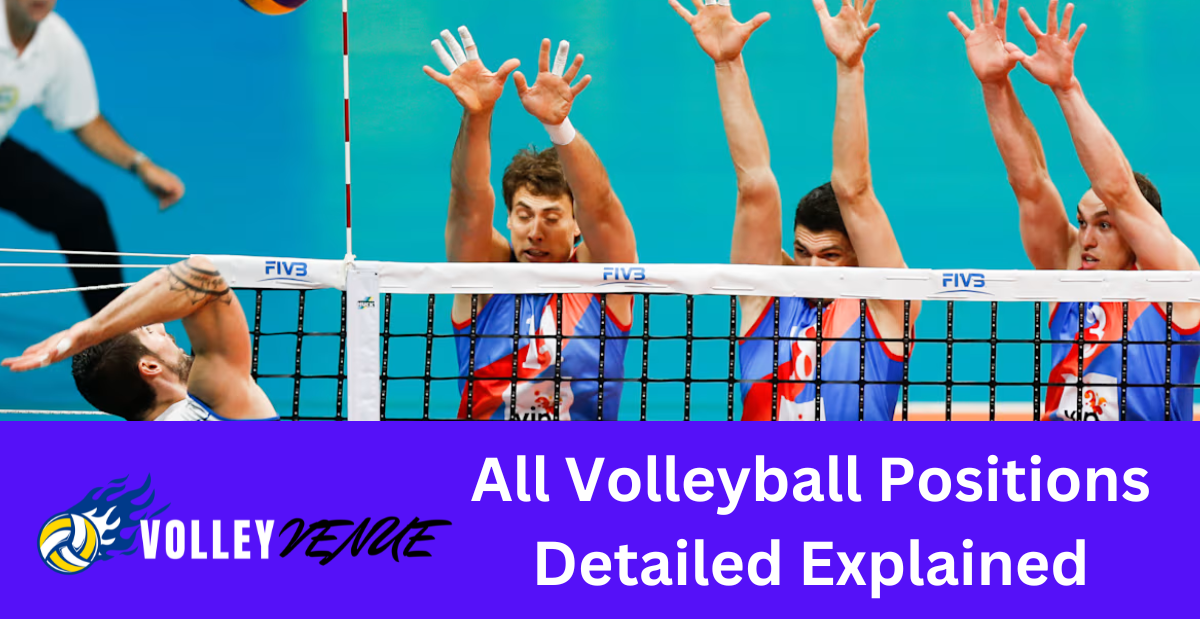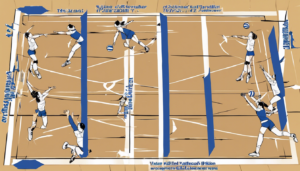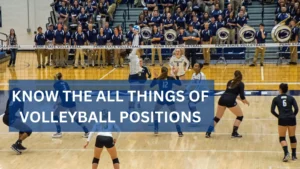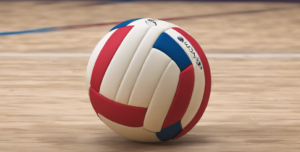Table of Contents
As a volleyball fan, I would like to know what the position in volleyball is. There are seven (7) positions available in the game. We will learn about all of the positions and their responsibilities.
In this article, we will cover everything that you want to know, and I know what you want; I will share my experience. We start by explaining the different volleyball positions to show who does what and where they are on the court.
What are the Positions in Volleyball?
Volleyball is a popular sport that has gained massive popularity over the years. But maximum time as a fan, we don’t know the exact positions in volleyball games. In this article, we’ve covered it step by step. It is a team game that requires coordination, skill, and strategy. The rivalry makes the match exciting and different for both volleyball teams. It creates a fun and competitive spirit in both volleyball teams that fans love and are attracted to. One of the critical aspects of volleyball is the different positions players take on the court. Each position has created a unique role and contributes to the team’s success. We told you that we would explore the different positions in volleyball and their responsibilities.
How Many Positions Have in Volleyball Games?
In volleyball, there are seven central positions: the person who sets up the ball, named setter; the ones who hit it from the sides, named outside hitters and opposite hitters; the ones who block the net, named middle blockers; the one who focuses on defense named libero, who serves the ball named serving specialist, and sometimes a player who’s good at defense named defensive specialist.
Each player has a specific responsibility for their position. The setter helps set up scoring chances. Outside and opposite hitters are good at smashing the ball. Middle blockers try to block shots and try to score. The libero defends and passes the ball. Sometimes, a team will have a defensive specialist to help with defense. They all work together; these players compete to win matches. Knowing these roles is essential for understanding how the game works and how they cooperate.
Setter in Volleyball
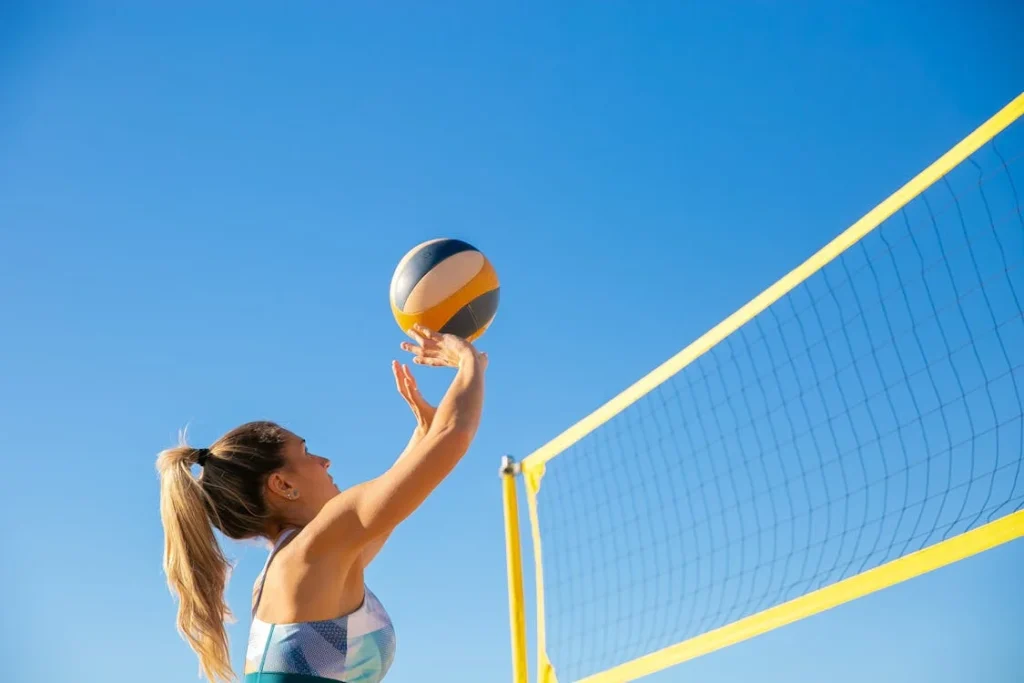
The setter volleyball player is like the playmaker in volleyball. They’re the ones who set up the ball for their teammates to hit. He ensures the ball is in the perfect spot for his teammates to score. They use their hands to make beautiful passes to the hitters. Setting requires good coordination and quick decision-making. The setter needs to be innovative and have good communication with their teammates. They’re similar to the quarterback in football. They lead the team’s attack and make quick decisions. With a good setter, the team can score points consistently.
Outside Hitter Position
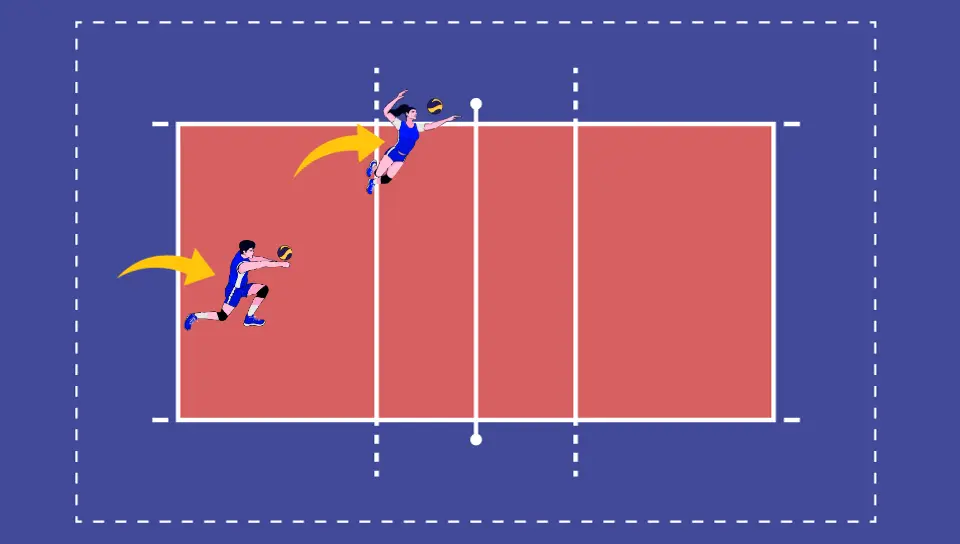
The outside hitter volleyball is the player who hits the ball from the sides of the court. They’re usually the ones who get the most chances to score points. Their responsibility is to smash the ball past the blockers on the other team. Outside hitters need to be robust and accurate with their hits. They must also jump high enough to reach the ball’s highest point. It’s like being a skilled soccer striker who aims to score goals from different angles. Outside hitters often have strong arms and legs, allowing them to generate a lot of power in their hits. They’re crucial for putting pressure on the opposing team’s defense.
Middle Blocker in Volleyball
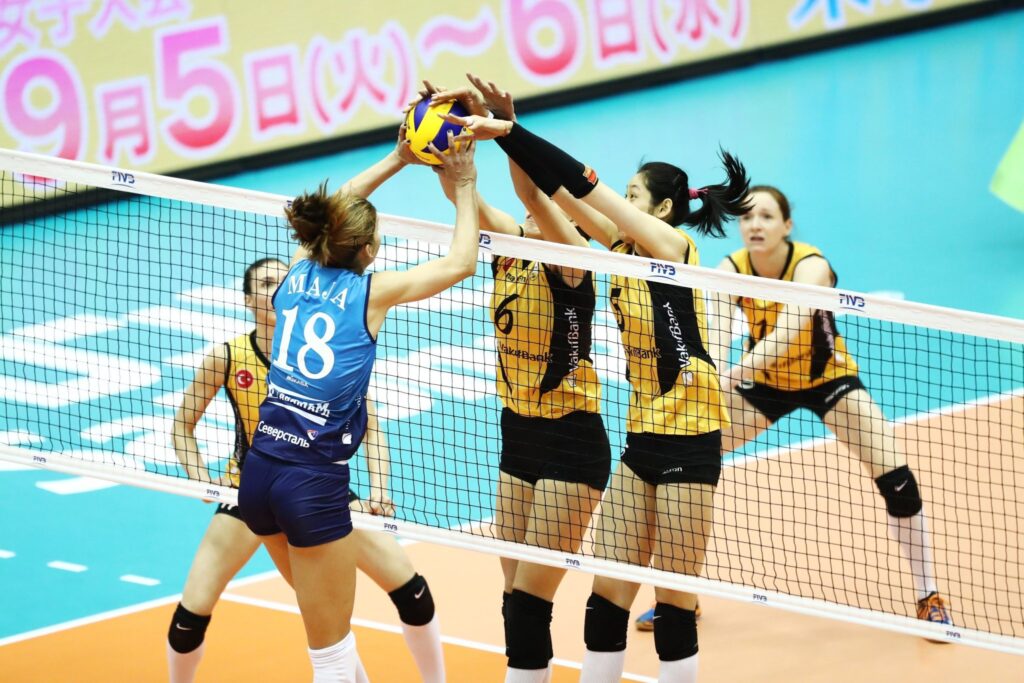
The middle blocker volleyball is like the wall at the net. Their main job is to block the ball when the opposite team tries to attack. They stand in the middle of the net and jump up to protect the ball from crossing over. Middle Blocker requires good timing and jumping ability. Also, middle blockers must react quickly to the opposing team’s hits. They also help the team score points by hitting fast passes in the middle of the net. It’s like being the goalie in soccer, trying to stop shots from getting past the opposite team. Middle blockers are often tall and athletic, reaching high above the net to block shots effectively.
Opposite hitter in volleyball
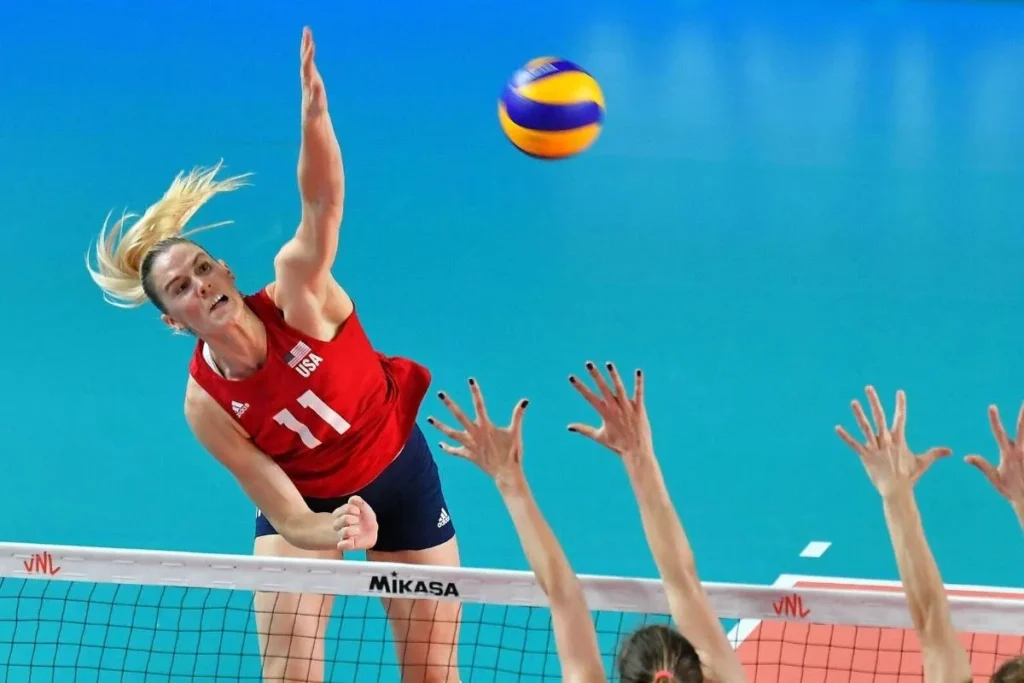
The opposite hitter is an essential position in a volleyball game. They are good at hitting the ball from the right side of the court. They’re like the mirror image of the outside hitter, but they attack from the opposite side. Opposite hitters are often depended upon for powerful hits and blocking at the net. Their job is essential because it helps the team stay balanced when they attack and keeps the other team’s blockers alert. Opposite hitters must be versatile and able to adjust their hitting angles to exploit gaps in the defense. They’re like sharpshooters in basketball, aiming to score points with precision and force. The team may need an opposite solid hitter to capitalize on scoring opportunities.
Libero in Volleyball
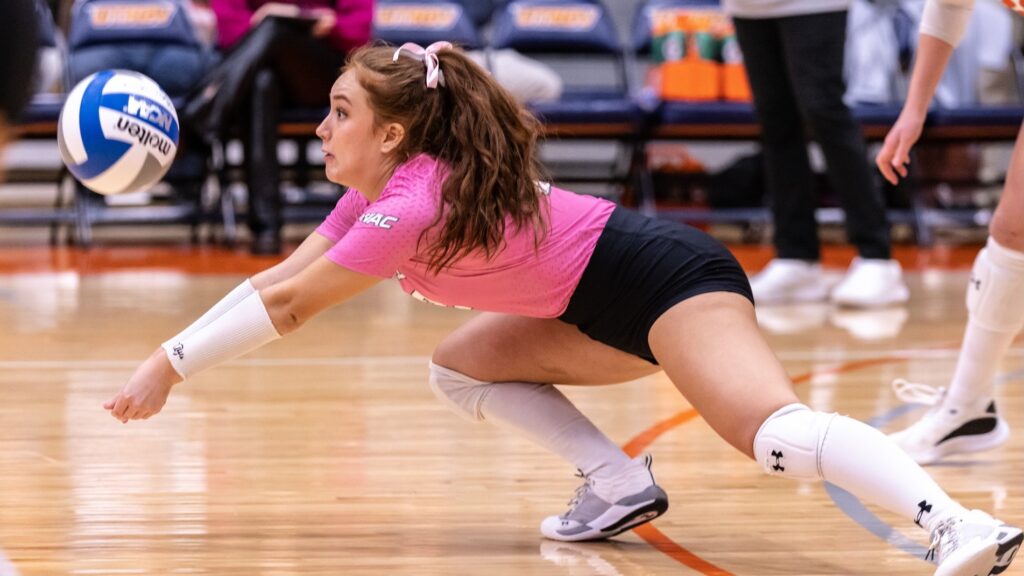
The Libero in Volleyball is the defensive specialist on their team. They wear different-colored jerseys and focus on digging and passing the ball. Their primary role is to keep the ball from hitting the ground on their side of the court. Liberos are quick and clever, able to move around the court quickly. They’re like the safety in American football, guarding against the opponent’s attacks. Liberos must have good reflexes and anticipation to react rapidly to the ball. They’re crucial for keeping the ball in play and setting up their teammates for scoring opportunities.
Defensive Specialist Position in Volleyball
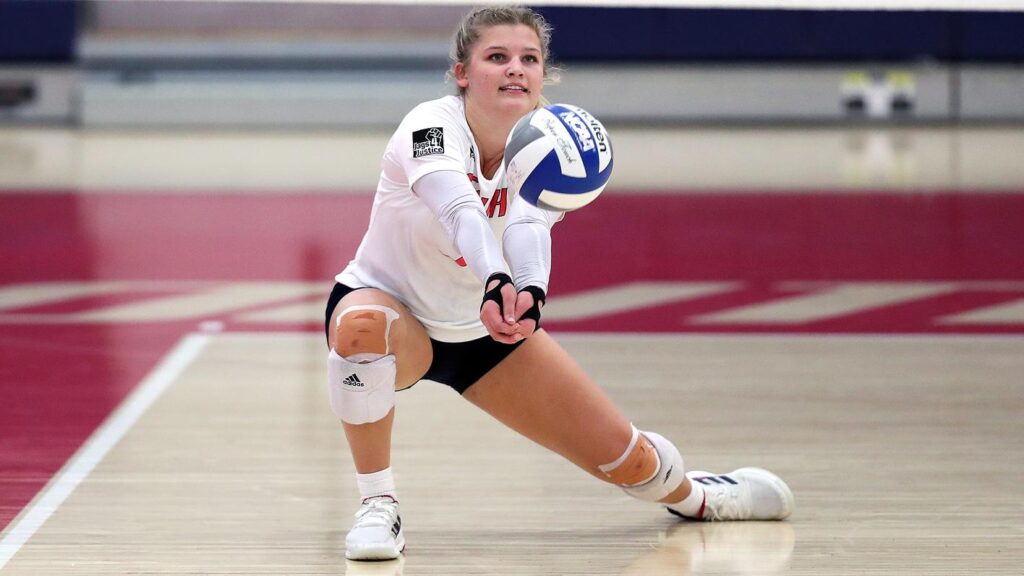
The defensive specialist in volleyball is another player who focuses on defense. They’re similar to the libero but may have a different role depending on the team’s strategy. Their role is to help with passing and defense, especially in the back row. Defensive specialists are versatile players who can adapt to different situations. They’re like the utility player in baseball, able to play multiple positions effectively. Defensive specialists in volleyball must be dependable and consistent, providing stability to the team’s defense. They often work closely with the libero to cover the court and ensure the ball stays in play.
Serving Specialist
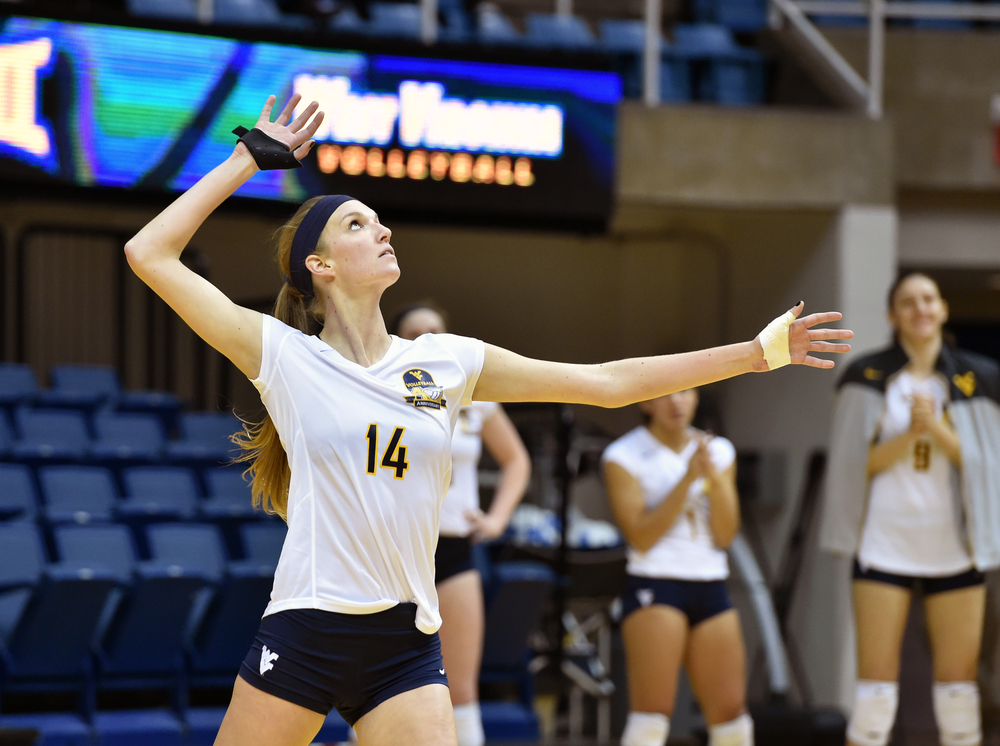
The player who comes into the game to serve is called a serving specialist. This player leaves the game after the other team wins the serve back. This choice is made based on how good the players are at serving and other skills.
These are the central positions in volleyball, but it’s important to note that each team may have variations and strategies. Depending on their strengths and playing styles, some teams may have additional positions or specific roles for certain players.
conclusion
In conclusion, volleyball is a team sport that requires players to work together and fulfill specific roles. The different positions in volleyball each have their responsibilities and contribute to the team’s overall success. Whether you’re a setter, outside hitter, middle blocker, opposite hitter, libero, or defensive specialist, each position is crucial in creating a well-rounded and competitive team.
So, the next time you watch a volleyball game, pay attention to the different positions and appreciate each player’s unique skills and contributions. I hope you understand the position of volleyball.

